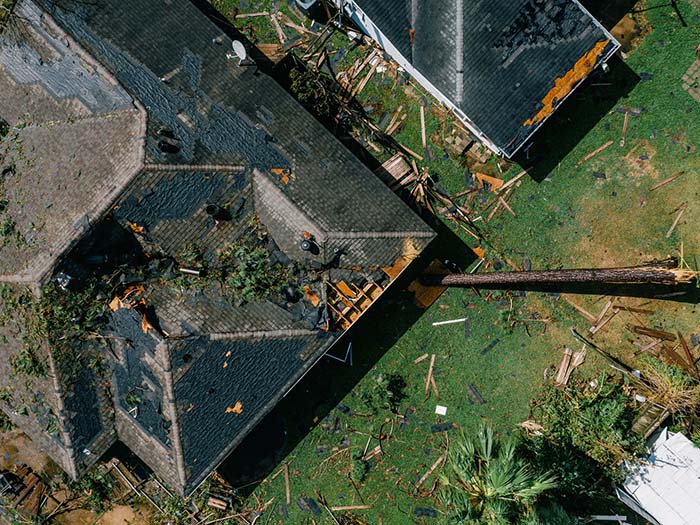A Hospital Worker Secretly Recorded a Peer Review Conversation: Now What?
Those of us in health care have been riveted by the series of whistleblower -type exposés published over the last few months, involving safety and quality issues at health care organizations throughout the country.
The New York Times article on the situation at UNC Children’s included in its online version copies of portions of the tape recordings made by an individual during what would appear to have been meetings about quality and safety.
For many of my colleagues, the idea of a health care professional taping such a conversation is truly disturbing. We have come to value these peer review conversations as a sanctified space, one in which we can speak freely, without fear of retribution or recrimination, let alone fear of being surreptitiously recorded.
I suspect hallways were buzzing in hospitals throughout the country after this article published — could this happen here?
We’ve all dealt with the specter of recording by patients and families since the advent of the smartphone, and most organizations have come to terms with the inability to prevent that from happening. But a recording made by a coworker and colleague takes this to a much higher level of anxiety and risk, not only for the organization but for the individuals involved.
So how do we keep this from happening in our own organizations? I think we need to dust off a couple of tools that most of us have used before, most likely in our previous patient safety work around increasing incident reporting.
The same principles that encourage a nurse to report a near-miss medication error can and should work to allow an organization to respond productively to a serious concern about quality and safety raised by a physician.
My belief is that by nurturing a culture of safe spaces for conversations, in combination with clear and effective escalation pathways, we can all avoid being the next above-the-fold story.
Safe spaces: we need to be able to have frank conversations about high-level safety and quality concerns. This requires what experts call psychological safety — the belief that one will not be punished or humiliated for speaking up.
Amy Edmondson has published a number of books and articles on this topic, which I highly recommend for further reading. According to Edmondson, psychological safety requires leaders to:
- Be accessible and approachable
- Admit when they don’t know something
- Be willing to acknowledge their own fallibility
- Invite participation
- Treat failures as learning opportunities
- Use direct language
- Set boundaries
- Hold people accountable fairly and consistently
Clear and effective escalation: We also need to have a system for escalation of concerns. This system should be easy to activate and understood by all employees.
It should involve reporting within an employee’s chain of command, but should also include an option for reporting to a neutral internal party such as risk management or compliance if the employee doesn’t feel safe reporting up their chain.
The goals here are to prevent the concerns from getting lost or buried in a silo, and to keep the reporter from feeling ignored. Risk and compliance teams should have clear, hardwired processes for managing such reports which need to include:
- Investigation of reported concerns
- Notification of senior leadership team including the CEO and the chair of the Board
- Closed loop feedback to the reporter with some indication of actions taken in response to their report and, when appropriate, findings from the investigation
- Transparent tracking and accountability for action items required to fix the problem including metrics being reported to senior leadership team and the Board as well as to front line staff
New risk problems don’t always call for a reinvention of the wheel. We should remember the basics before hunting for new solutions.










